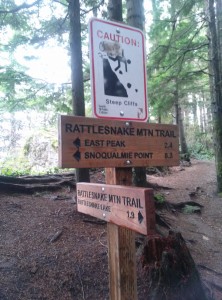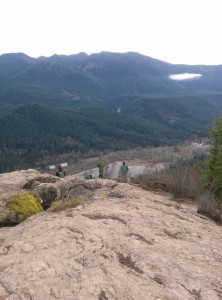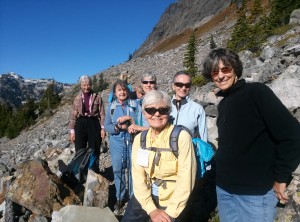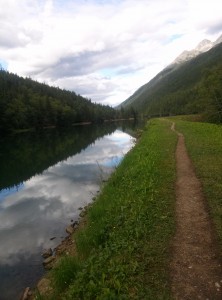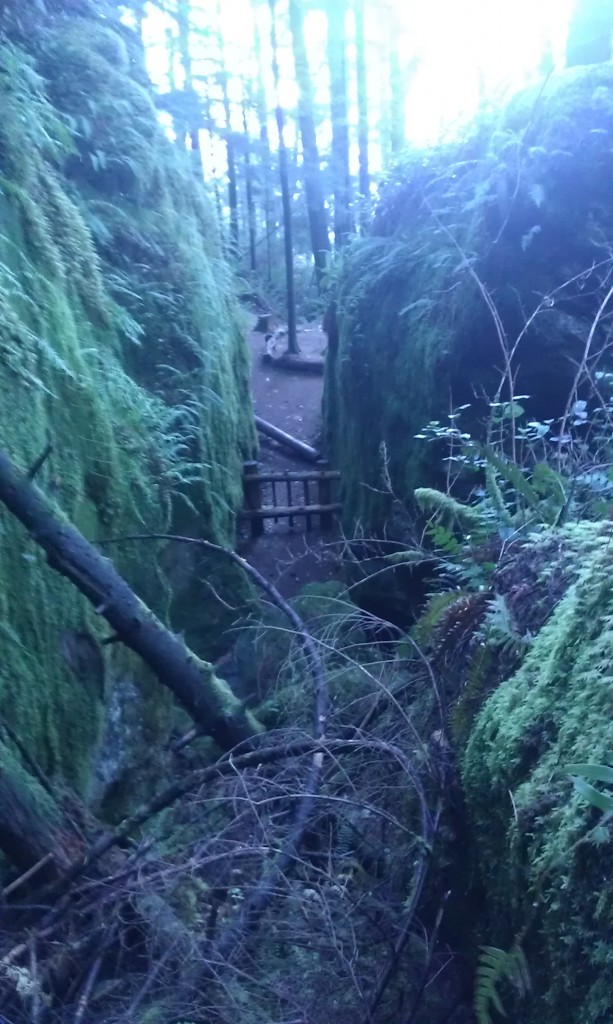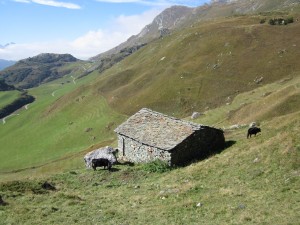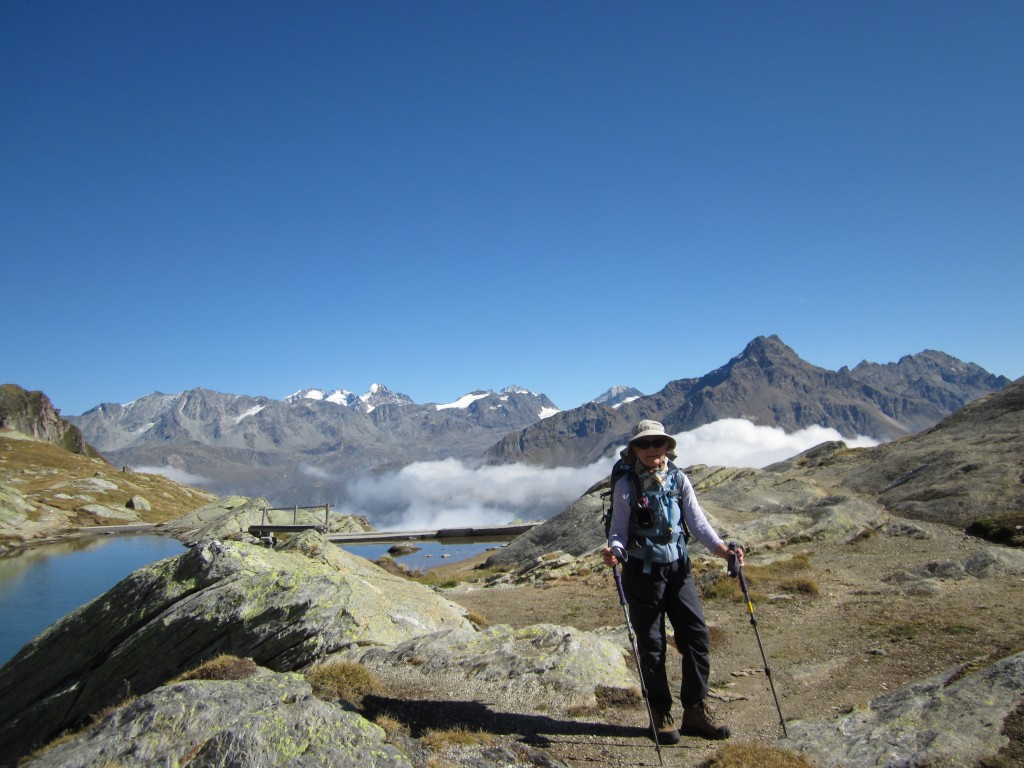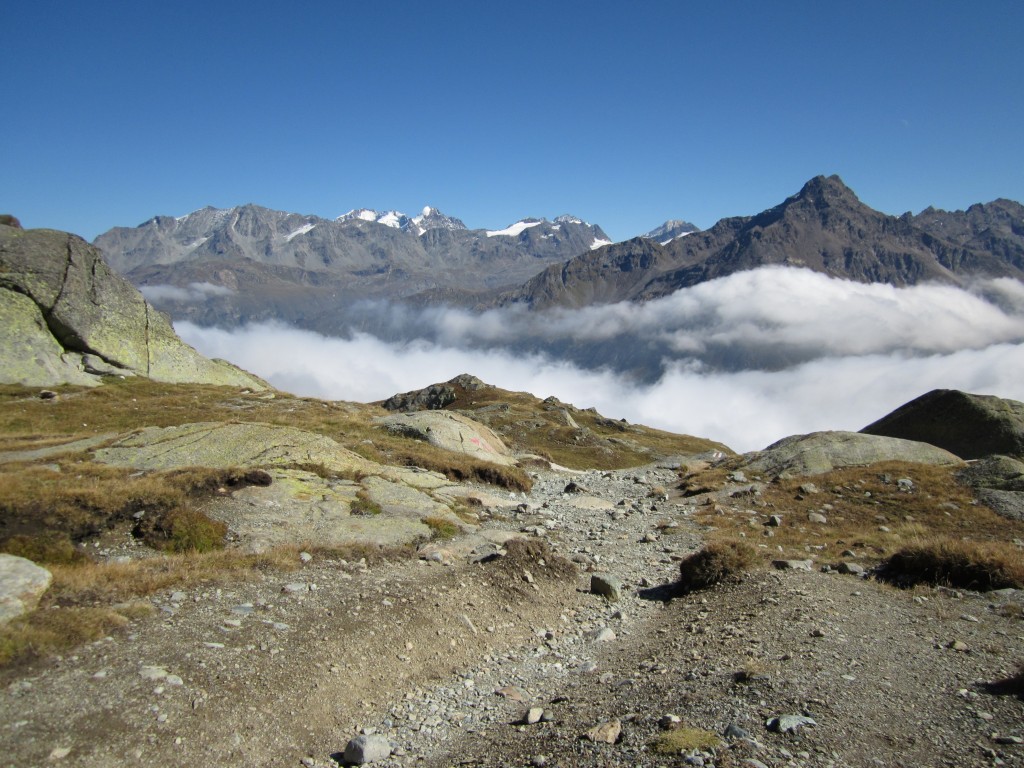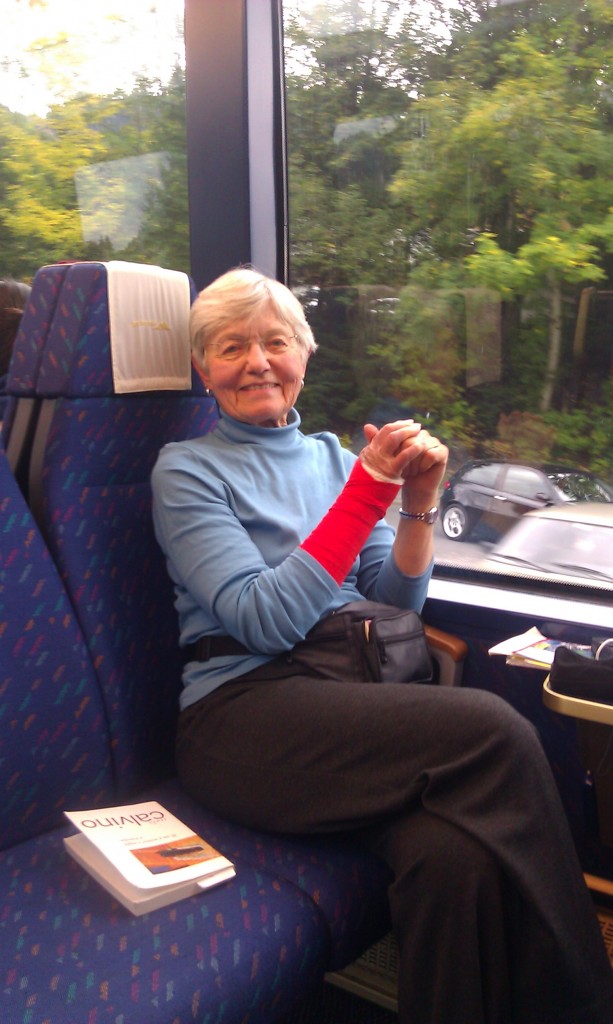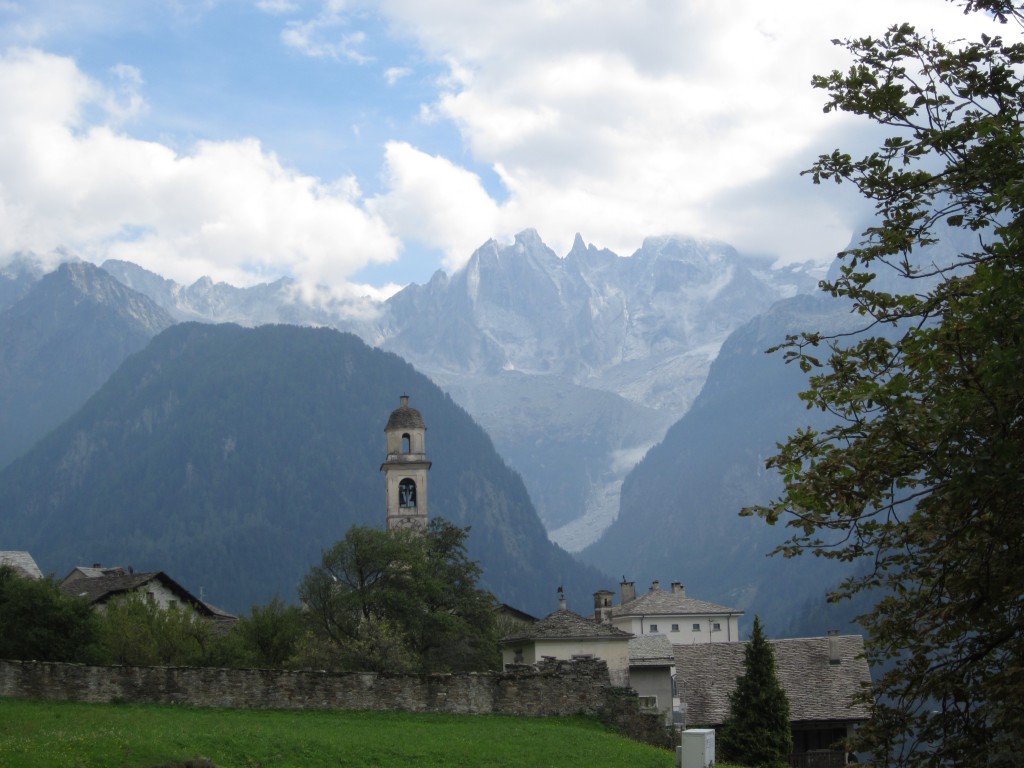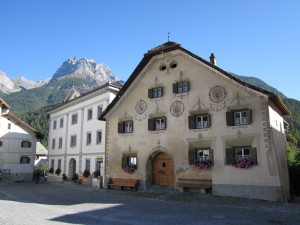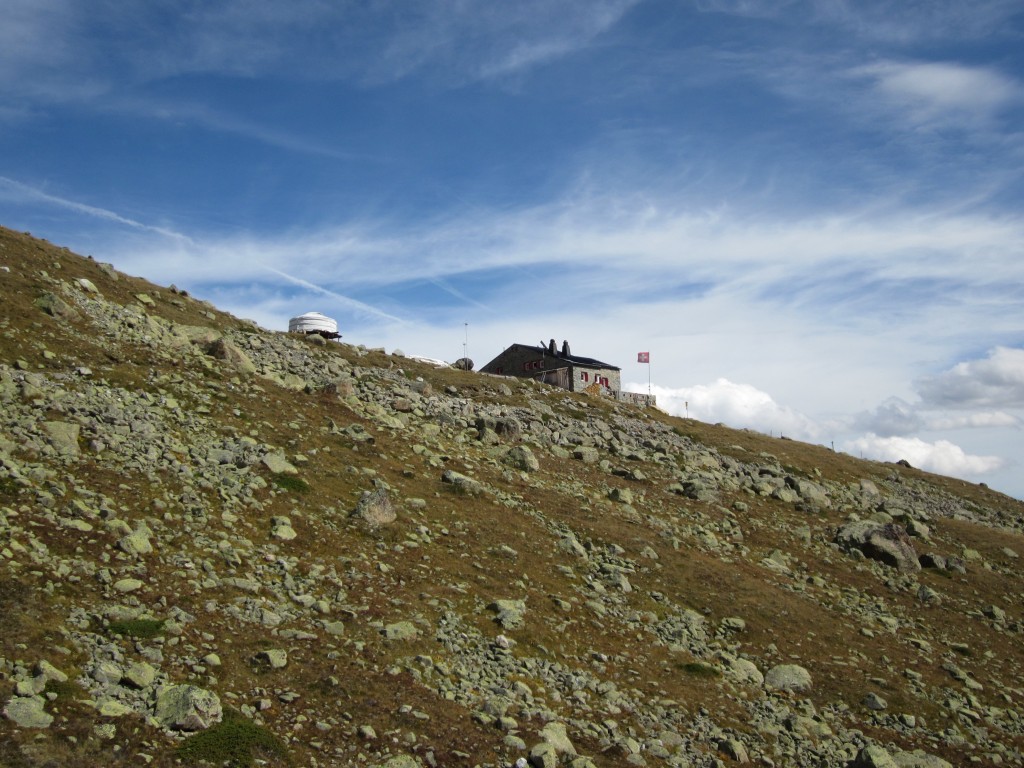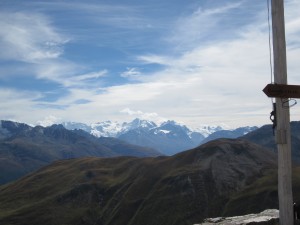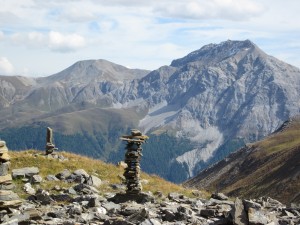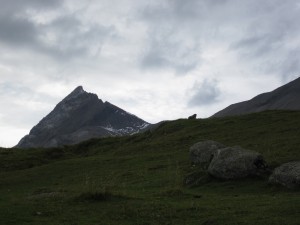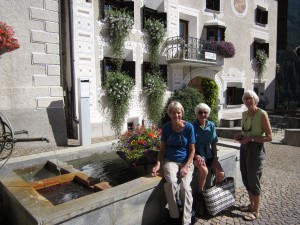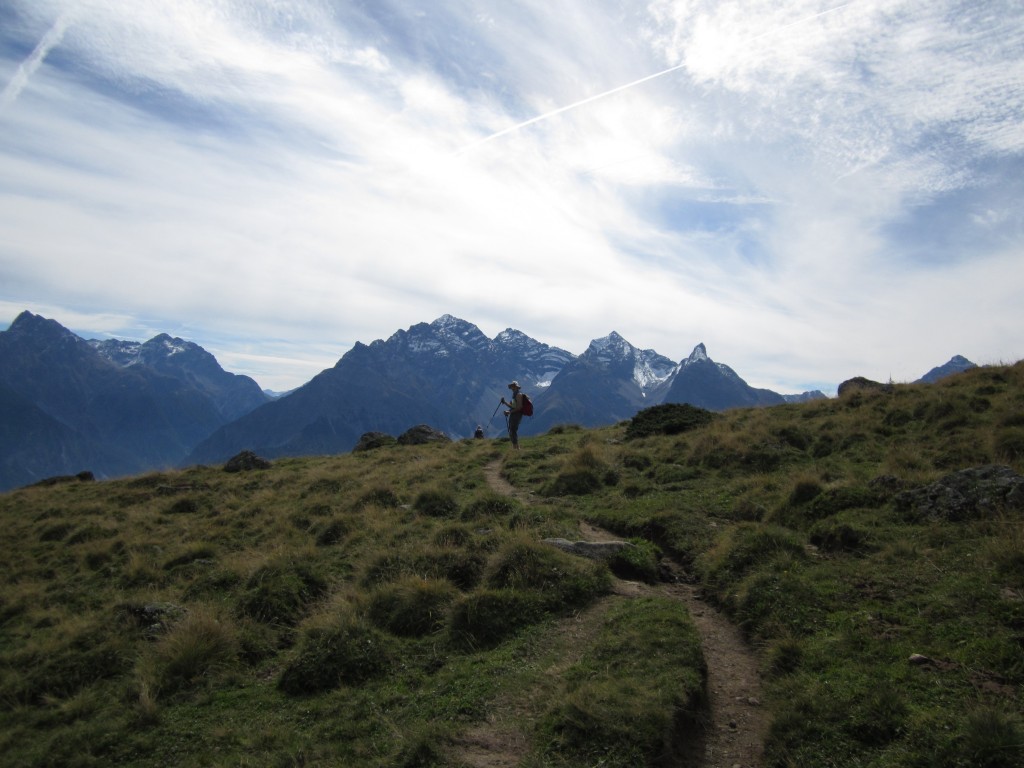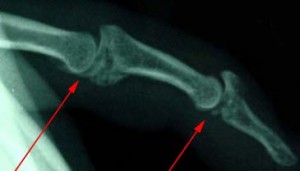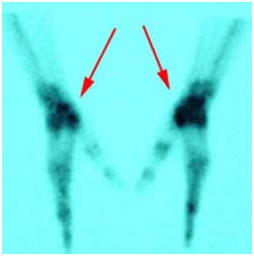Gentle Reader,
There is so much I could share about this past weekend at my alma mater, Bryn Mawr College, just outside Philadelphia on the MainLine. In keeping with the goal of this blog, I will single out arthritic joint issues and focus on possible remedies for joint pain.
Twenty-nine of my classmates came to celebrate our 55th reunion. Everyone looked great: not too many wrinkles, lovely hair, sparkling eyes. But when it came time to walk up a few stairs, joints fail and pain ensues. The cart is called to drive people where they need to go. I’m wondering if the anti-aging product I’ve been taking for ten years has helped my joints so the same is not true for me.
Have you heard about Resveratrol? It is the anti-oxidant found in red wine. Shaklee started working on producing a pure tonic that combines the resveratrol and polyphenols found in the muscadine grade about ten years ago. I have been taking my daily dose of this delicious liquid called Vivix since they made it available for sale.
There is no question that my body, like my class mates, suffers from the aging deterioration of cells that is normal for a 77 year old. It appears we do not all age in the same way or at the same rate. I have had severe osteo arthritis and spinal stenosis for years, probably brought about by factors such as stress, poor diet, and environmental toxins. I’ve worked hard on the diet part, but you cannot always eat perfectly, now can you. These factors can weaken cells’ natural defenses, lower cell energy, damage DNA, and decrease cell performance. All of these can contribute to cellular aging.
Clinical Studies show Vivix® ingredients positively impact four key mechanisms of aging at the cellular level.
Shaklee scientists conducted a study to see if Vivix could defend against cell damage.
Cell Defense
Blunts Biological Stress
A clinical study published in The Journal of Endocrinology and Metabolism showed that key ingredients in Vivix blocked a key marker of biological stress response after the consumption of a high-fat fast food breakfast totaling 930 calories.
The results were exciting, while the study had nothing to do with joints, it showed that Vivix protected cells from damage. My joints were damaged long before Vivix came along. Perhaps protection is less important than repair. Let’s see what happened with repair.
Cell Repair
DNA Protection & Repair
Laboratory studies show that key Vivix ingredients help protect against DNA damage, supporting DNA replication for healthy cell function.
Shown in laboratory studies, Vivix protects and repairs DNA, which is assaulted millions of times every day. These assaults can damage the cell’s DNA, creating a “typo” that may compromise cell function and longevity.
A recent visit with my sports medicine doctor revealed a smaller than average spinal passageway for the cord to pass through. Like my father before me, my spinal cord has little wiggle room. That is the result of inherited DNA. The data suggest that DNA can be repaired by resveratrol. I am convinced that my joint health has improved instead of worsened over the last ten years. The recent MRI indicated improvement.
Could it be that resveratrol reduces joint pain? This is certainly my experience.
To learn more about Vivix and the ingredients, studies and results, click here.
Vivix is expensive. It may be worth it if you want to slow down aging at the cellular level. It certainly seems to help with joint pain and there are only side benefits from drinking a swig from the bottle every day. I would give the body 90 to 180 days before deciding Vivix has made no difference in your joint function. It is possible you will feel a positive difference much sooner. Your blood is all new in 90 days and the joints, because of lower blood flow, will take double that to show results.
There are other resveratrol products on the market, but none have the muscadine grape’s extra anti-oxidants which seems to enhance the punch provided by resveratrol. In addition, purity of product makes a difference and Shaklee scientists have been able to produce a 95% pure tonic. Less purity may result in loose bowels. Get some and see what your results are.
Good luck and keep moving, as moving is always the best single antidote to painful joints.
Be well, Do well and Keep moving,
Betsy
206 406 5940
